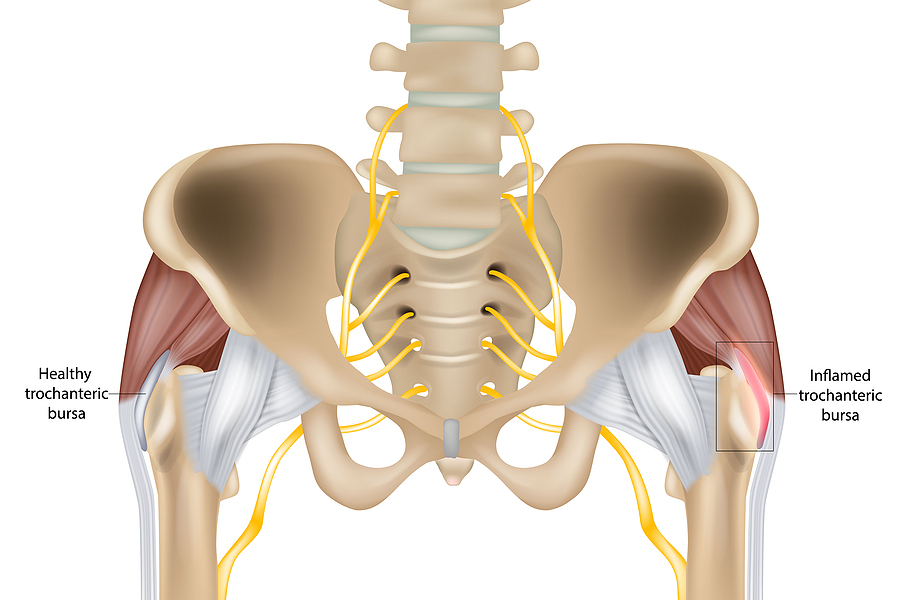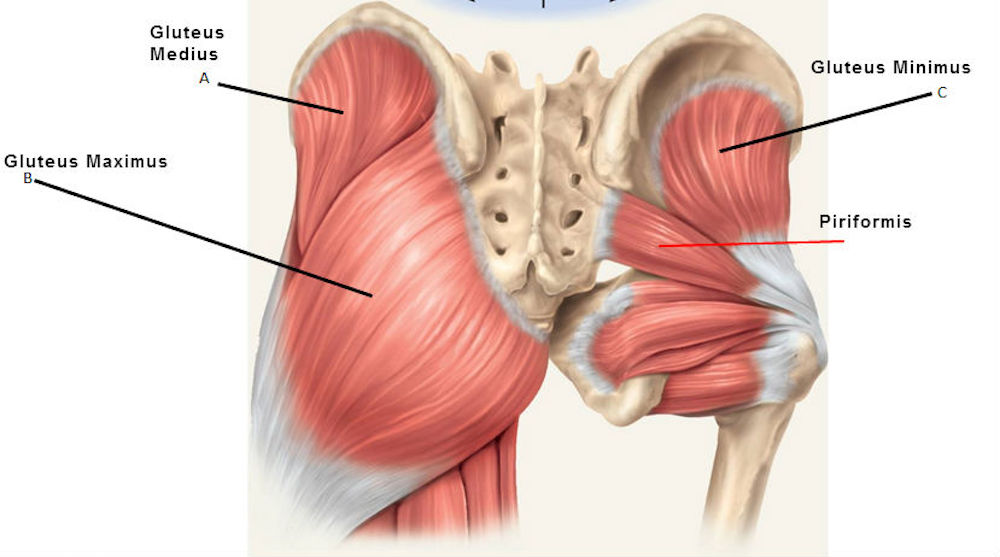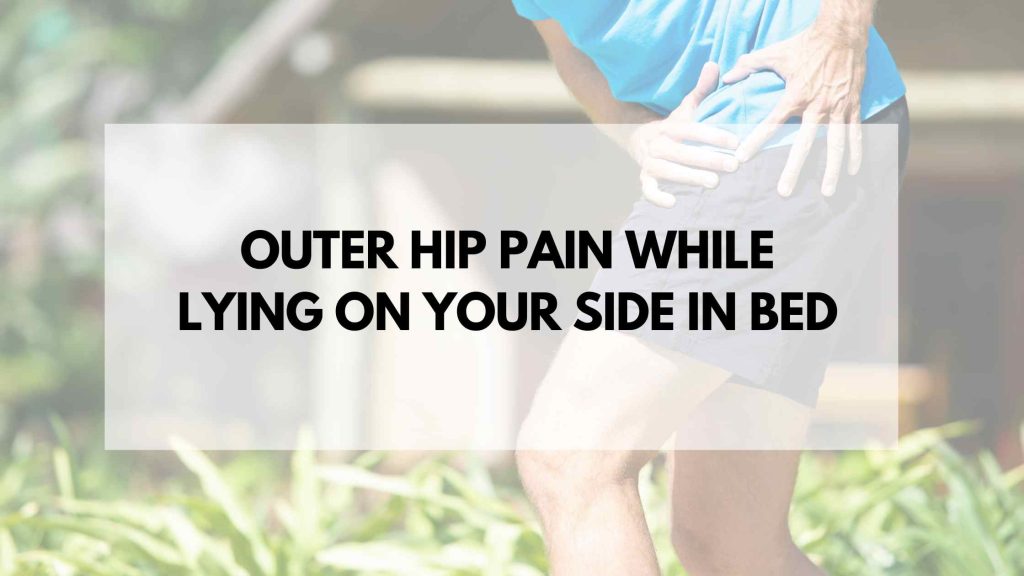Experiencing outer hip pain when lying on your side in bed is a common issue that disrupts the peaceful slumber and leaves one tossing and turning all night. The primary culprit behind this discomfort is often `bursitis`, an inflammation of the small sacs of fluid (bursae) that cushion your hip joints. This condition not only ruins your tranquil nights but also impairs your ability to move freely during the day.
The throbbing pain intensifies, and you feel the high and low waves of discomfort radiating through your hip, making you wince with each twinge. Common treatments like cortisone injections may mask the symptoms temporarily, but the pain inevitably returns, as these treatments don’t address the root cause of the problem.
Enter `dry needling`, a breakthrough treatment that targets the source of bursitis. This therapy involves the insertion of thin needles into the affected areas, which can stimulate healing and alleviate pain effectively. Unlike other treatments, dry needling addresses the inflammation directly, providing long-lasting relief and recovery from the persistent pain of bursitis. With dry needling, you can look forward to peaceful, pain-free nights and active, unhindered days.
What causes outer hip pain or pain while lying on your side in bed?
The most common cause of outer hip pain is something call bursitis. Let’s dive into hip bursitis and what actually causes it.
What is hip bursitis?

Bursitis is the inflammation of one or more bursae, which are small fluid-filled sacs that cushion your bones, tendons, and muscles near joints. The bursae reduce friction between moving parts in your body and help you move without pain. When these bursae become inflamed, they can cause significant discomfort and hinder your range of motion.
This is why your hip pain is worse when you are lying on your side – the bursa gets compressed and further irritated. It’s also common for people with out hip pain (bursitis) to feel more pain when they are walking or after walking.
What actually causes bursitis?
Bursitis is usually triggered when the tendons of the hip muscles experience irritation. This irritation can be a result of repetitive motion or prolonged and excessive pressure, such as the pressure exerted while lying on your side. Over time, this recurring irritation leads to the tendons compressing the bursa. This compression results in the inflammation of the bursa, causing the discomfort and pain commonly associated with bursitis. The inflamed bursa swells with extra fluid, which exacerbates the condition by causing further compression and irritation of the adjacent tissues, thereby forming a vicious cycle of inflammation and pain.
What leads to tendon irritation of hip muscles?


The primary driver of tendon irritation in hip muscles often stems from overuse or repetitive stress. It’s not uncommon for certain activities or occupations that require repetitive movements, or sustained periods of pressure on the hip joint, to lead to the development of problematic ‘trigger points’ within the muscles.
Trigger points can be visualized as knots formed within the muscle fibers. These knots make the muscles shorter and tighter, disrupting their normal function and putting added strain on the tendons connected to them. This continuous stress on the tendons can ultimately lead to dysfunction, making them more susceptible to irritation, and causing a cascade of events that can result in bursitis. It’s important to note that once this cycle starts, it can be self-perpetuating unless properly addressed and treated.
What will my normal doctor try to do to help outer hip pain?
Typically, your doctor may recommend a several methods to alleviate the symptoms of bursitis. First among these are anti-inflammatory medications. These drugs, while effective in reducing inflammation, merely address the symptoms of the problem, and don’t tackle the underlying cause.
Next, physical therapy might be suggested as a way to strengthen the muscles around your hip and improve your joint’s function. While physical therapy can be beneficial in many cases, if the root cause – irritated tendons and trigger points – is not addressed, the bursa will continue to be stressed and the pain will persist.
Finally, your doctor might recommend cortisone shots. Cortisone is a type of steroid that can reduce inflammation and alleviate discomfort. However, these injections are essentially a band-aid solution. They may alleviate the pain temporarily, but since they do not address the underlying issue of irritated tendons and trigger points, the bursitis and pain are likely to return.
These common treatments can provide temporary relief, they do not address the root cause of the problem. If the irritated tendons and trigger points stressing the bursa aren’t treated, the cycle of inflammation and pain will continue, leaving you searching for a more effective solution.
Why Dry Needling is the best treatment for outer hip pain
Dry needling is a standout treatment modality that addresses the underlying causes of hip bursitis and outer hip pain. Rather than merely masking the symptoms, this innovative approach focuses on the ‘trigger points’ within the hip muscles—those tight knots causing your muscles to shorten and exert stress on the tendons. By inserting thin needles into these specific points, dry needling releases the tense muscle fibers, restoring their normal function and mitigating the strain on the tendons.
Furthermore, it doesn’t just stop at treating the trigger points. The therapy also targets the inflamed bursa, aiming to reduce inflammation and alleviate discomfort. Advanced techniques, such as electro-stimulation, are sometimes employed during dry needling sessions to further enhance the treatment’s effectiveness.
Electro-stimulation involves delivering mild electric currents to the affected area, which can stimulate the body’s natural painkillers, promoting healing and reducing inflammation. This comprehensive approach ensures that both the muscles and the bursa are treated simultaneously, disrupting the cycle of inflammation and pain at its source.
Therefore, dry needling provides a real, lasting solution to outer hip pain and bursitis. It delves deep beneath the surface to address the root causes, rather than simply hiding the symptoms, offering relief that is not just immediate but also enduring.
Conclusion
To sum up, outer hip pain, primarily caused by hip bursitis, can be a significant impediment in your day-to-day life. It’s a problem that intensifies when you lie on your side or engage in physical activities, making even simple tasks feel challenging.
Despite the typical treatments such as anti-inflammatory medications, physical therapy, and cortisone shots, the relief experienced is often temporary. This is because these treatments only address the symptoms of the issue, leaving the root cause – irritated tendons and trigger points – untreated. As a result, the cycle of inflammation and pain continues, leaving you in a state of discomfort, frustration, and worry. However, there’s good news.
Dry needling, a revolutionary treatment approach, offers a lasting solution to outer hip pain and bursitis. By directly addressing the root causes – the trigger points and inflamed bursa – dry needling not only alleviates the symptoms but also disrupts the cycle of inflammation and pain. It provides not just immediate relief, but also enduring results, helping you reclaim your active, pain-free life.
Don’t let outer hip pain dictate your life any longer. Reclaim your active lifestyle; seek lasting, effective relief with dry needling therapy. Call us today at 813-534-0311 to schedule your appointment. Your path to a pain-free life is just a phone call away.


